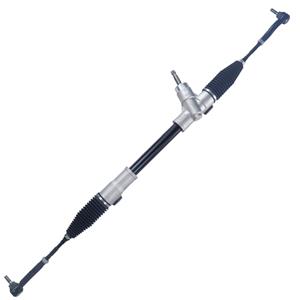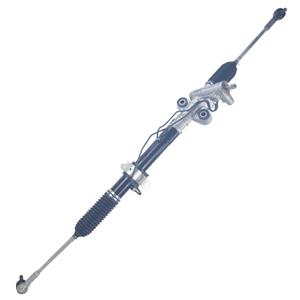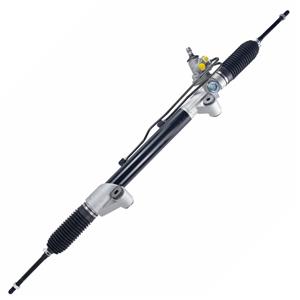-
When the electric power steering system fails, the driver may immediately feel that the steering wheel becomes very heavy, especially when driving at low speed or parking. This phenomenon is particularly obvious.
-
Long-term use of leak-stoppers may cause seals to swell or harden, further compromising the system's seal. While leak-stoppers may appear effective in the short term, over time, seal degradation will lead to larger leaks and even more expensive repairs.
-
The power steering pump is an important component in the power steering system of a car. Its main function is to provide power assistance through the hydraulic system, allowing the driver to turn the steering wheel more easily. In other words, the power steering pump is responsible for converting the mechanical energy of the engine into hydraulic energy, thereby reducing the force required for steering.
-
In general, the impact of the failure of the electric power steering rack on the vehicle's controllability after the loss of power assistance is more direct and serious, and it is usually more dangerous. Therefore, car owners need to attach great importance to the maintenance and inspection of the electric power steering rack.
-
0905-2025
Do F1 cars use rack and pinion steering?
Given the strict requirements of F1 cars for the steering system, the application of traditional rack and pinion steering systems in F1 cars is not entirely applicable. However, the steering system of F1 cars can still be regarded as a high-performance variant of the rack and pinion system.
-
In the first few generations of Buick LaCrosse models, Buick chose the hydraulic power steering system. With the continuous advancement of automobile technology, the electric power steering system has gradually become mainstream, and Buick LaCrosse has also followed this trend.
-
For novices, one of the most important challenges is the lack of practical operating experience. Replacing the power steering rack and pinion is a delicate job, and any operational error can cause the entire system to operate abnormally.
-
When the power steering pump fails, the driver usually feels that the steering wheel becomes heavier, but there is no obvious jamming feeling. When the power steering rack fails, the driver may feel a change in the resistance to steering wheel turning, especially jamming at certain angles.
-
Because the manual steering system is usually designed to be simple, and in some models, the design of the wheel and steering system does not take into account too much power assistance, the manual steering rack needs to bear greater pressure.
-
The ECU is the control center of the entire electric power steering system. If the ECU is suspected to be faulty, the fault code can be read through the vehicle diagnostic system. Modern cars are usually equipped with an on-board diagnostic system (OBD-II) that can help technicians quickly identify problems in the ECU.




